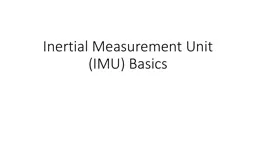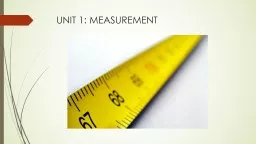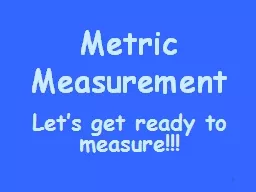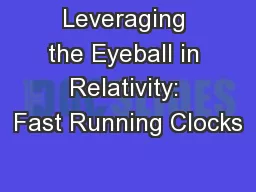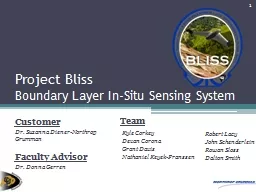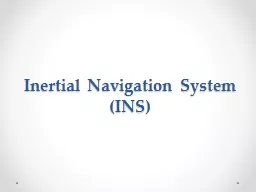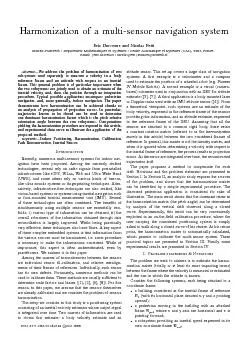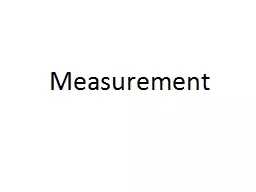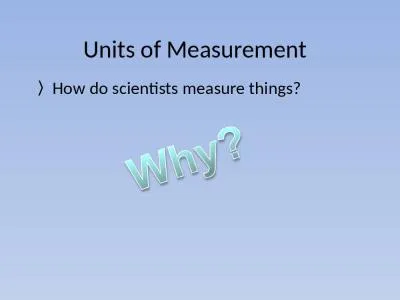PPT-Inertial Measurement Unit (IMU) Basics
Author : min-jolicoeur | Published Date : 2019-11-06
Inertial Measurement Unit IMU Basics IMU Inertial Measurement Unit Accelerometer Gyroscope Magnetometer Compass Acceleration along 3 axes Rotation speed around 3
Presentation Embed Code
Download Presentation
Download Presentation The PPT/PDF document "Inertial Measurement Unit (IMU) Basics" is the property of its rightful owner. Permission is granted to download and print the materials on this website for personal, non-commercial use only, and to display it on your personal computer provided you do not modify the materials and that you retain all copyright notices contained in the materials. By downloading content from our website, you accept the terms of this agreement.
Inertial Measurement Unit (IMU) Basics: Transcript
Download Rules Of Document
"Inertial Measurement Unit (IMU) Basics"The content belongs to its owner. You may download and print it for personal use, without modification, and keep all copyright notices. By downloading, you agree to these terms.
Related Documents

